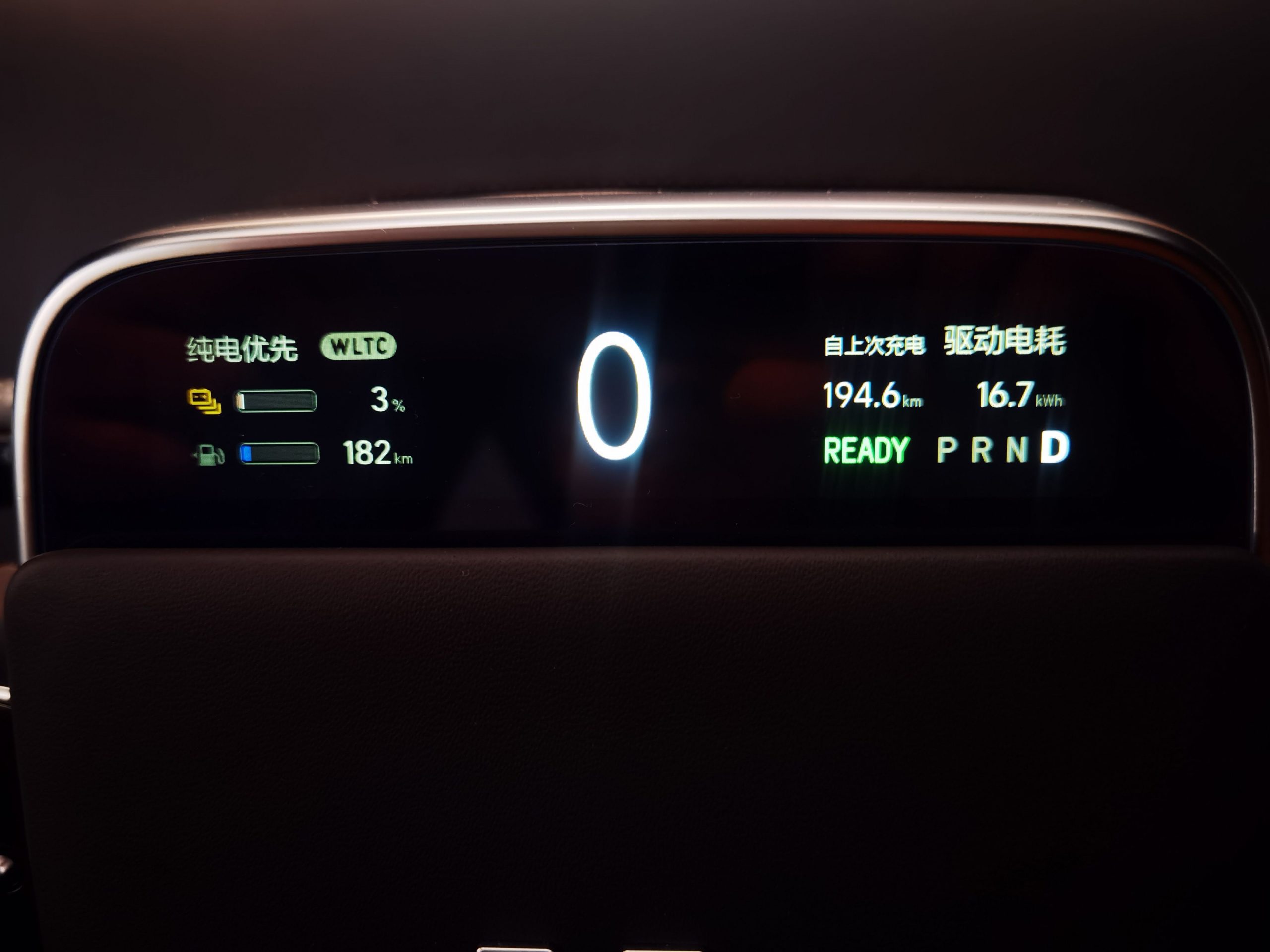It’s the 17th day since I picked up the car. It took three days to finally drain the battery of the L9. On the first day, I drove 48.5 kilometers on urban roads, with two to three people in the car, weighing between 170-230 kilograms. The outdoor temperature was around 26 degrees Celsius, with the window half-open and the air conditioning occasionally on, set at 23 degrees Celsius. The power consumption was 16.7KW/H.
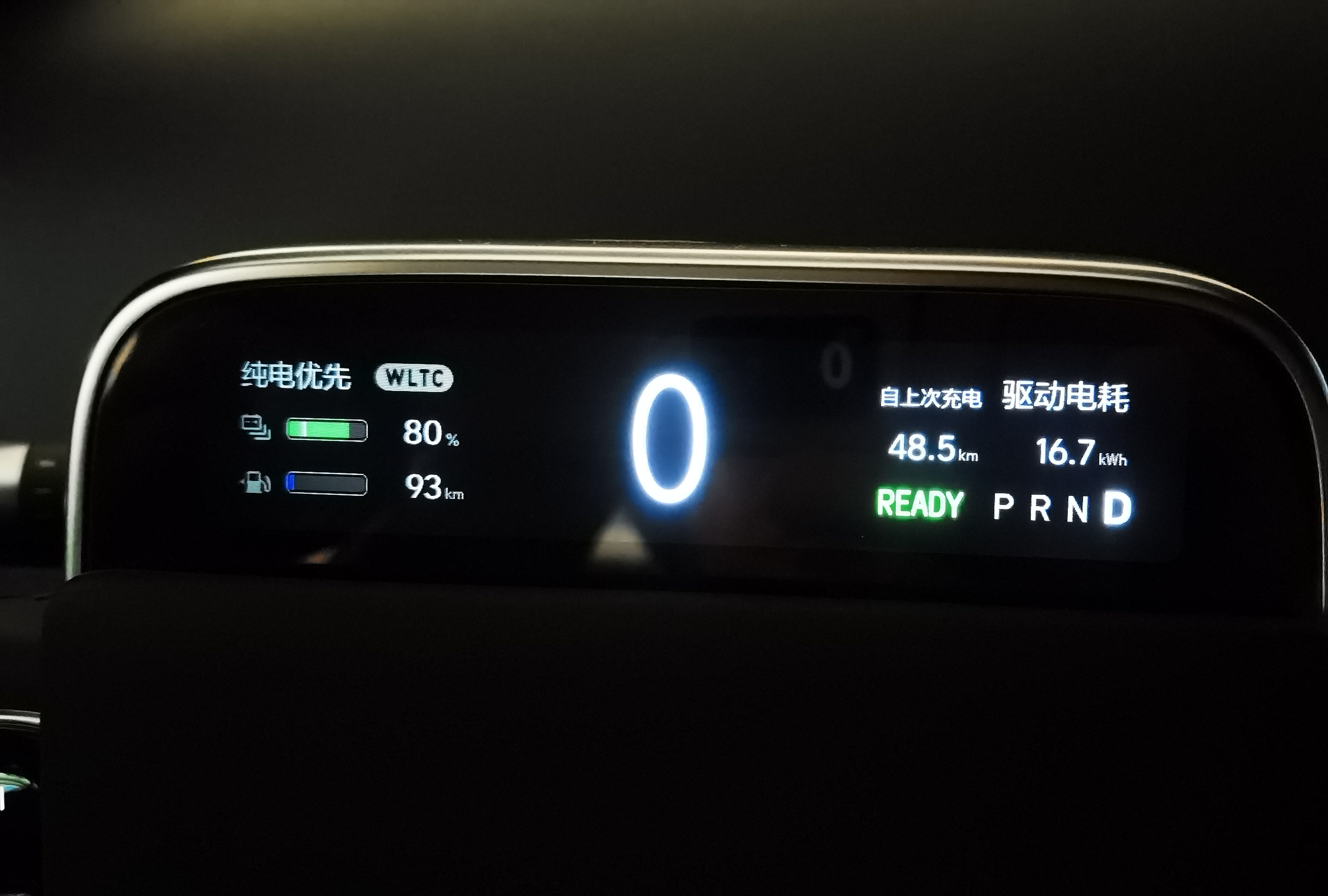
On the second day, still on urban roads with two people in the car, weighing 170 kilograms, the remaining battery life was 57%, and the distance traveled was 93 kilometers, which means 23% of the battery was used on the second day, with a distance of 44.5 kilometers. The outdoor temperature was around 24℃, and no air conditioning was used during the drive, but the outdoor temperature was around 16 degrees Celsius in the morning, and the window was opened for defrosting for about half an hour. The power consumption showed 17.1KW/H.
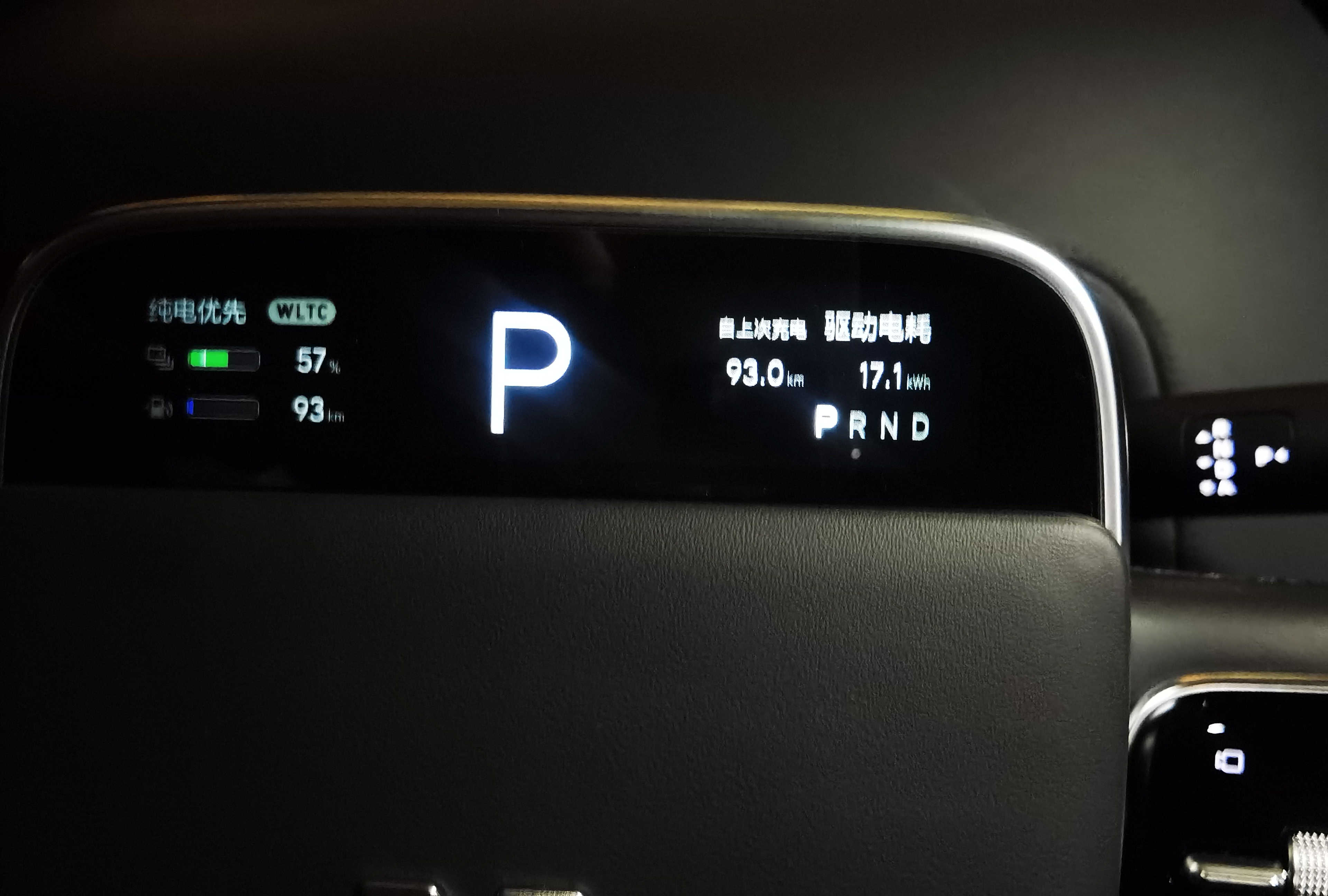
The road conditions on the third day were more complicated. We went from our small town to the provincial capital, taking four elderly people to see a traditional Chinese doctor. There were five people in the car, weighing around 330 kilograms, and the temperature was around 25 degrees Celsius. The air conditioning was turned on the entire way, set at 23 degrees Celsius. The remaining battery life was 3%, and the total traveled distance was 194.6 kilometers, which means 54% of the battery was used to travel 101.6 kilometers, with a power consumption of 16.7KW/H.
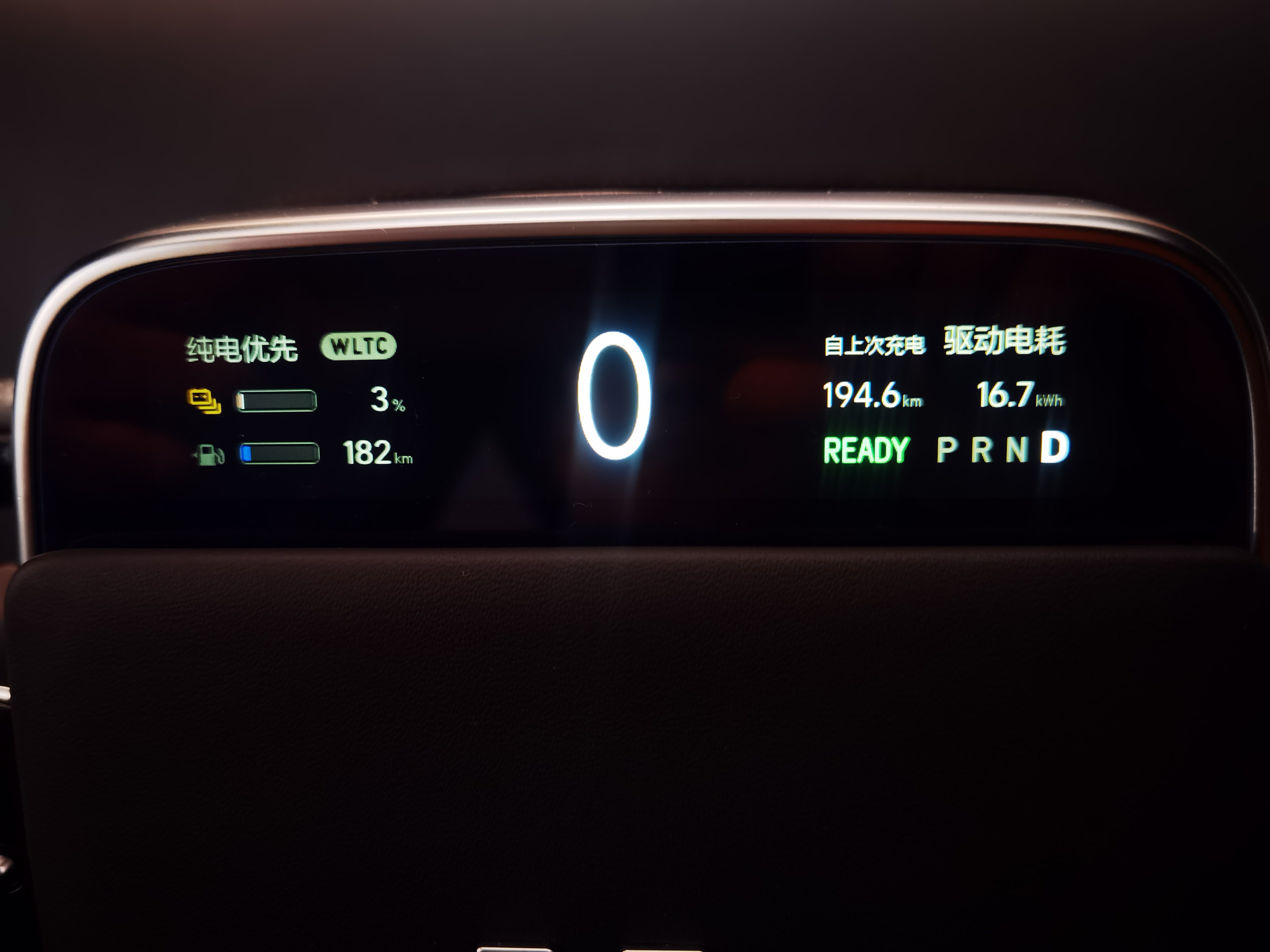
During the three-day period, we didn’t intentionally try to conserve power while driving, especially on the third day, traveling 101.6 kilometers, which was driven by my wife, using normal daily driving methods. When the battery life reached 6%, the car’s display showed that the battery was too low, and the 220V power supply inside the car stopped working. But the wireless charging panel and TYPEC port remained functional. When the remaining battery life reached 5%, the car’s display showed a warning about low battery life, and the wireless charging panel was still functioning. When the remaining battery life reached 3%, the range extender was forcibly activated.
Also, please note that after turning on the “Force Pure Electric” feature, if the car is parked and restarted, the “Force Pure Electric” feature needs to be turned on again.
After the battery life reached 3%, charging took 6.5 hours. This is consistent with the L9’s 44.5-degree battery and a charging power of 6.9KW/H.
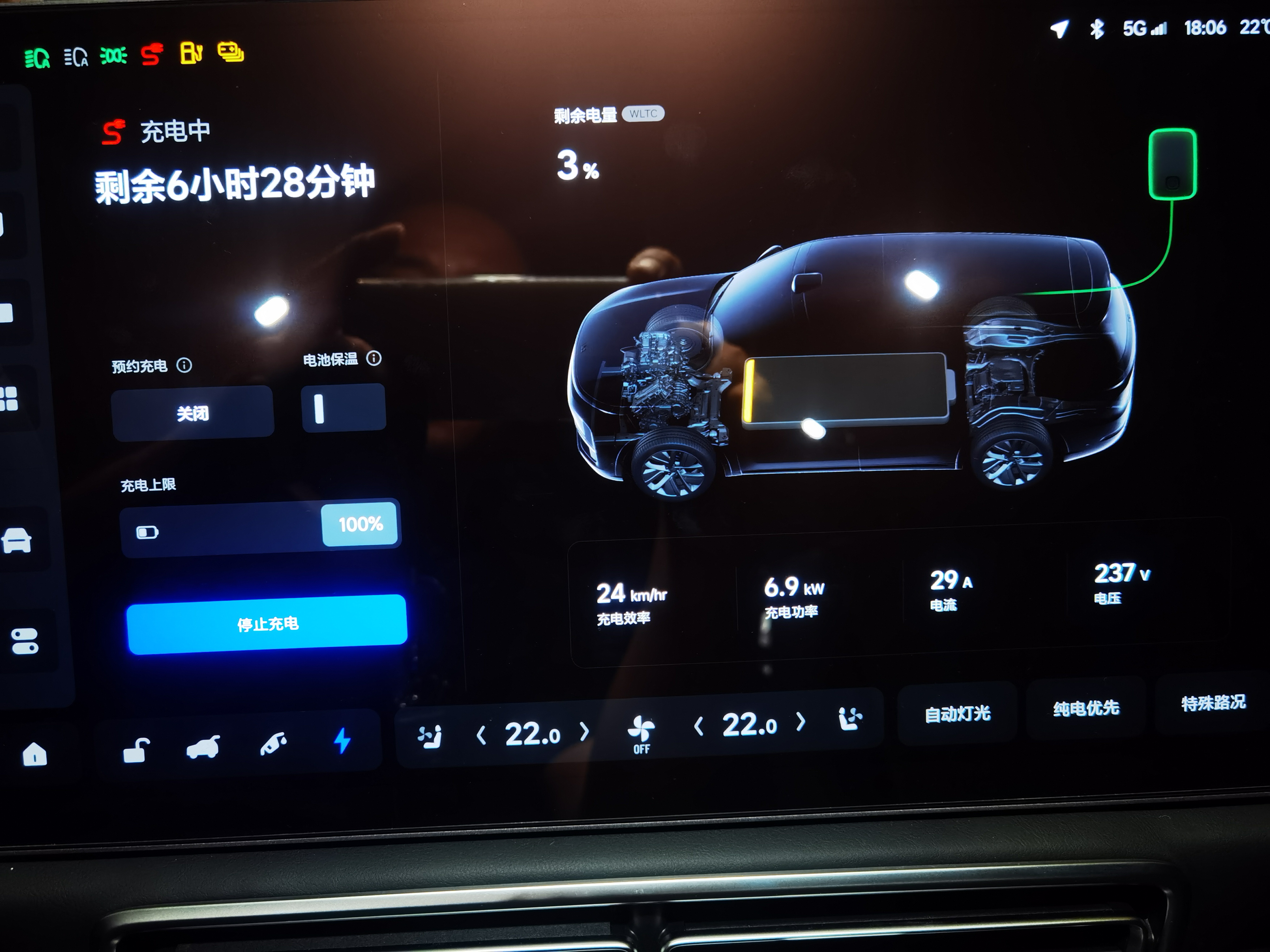 In summary, the battery WLTC calibration of Ideale L9 is reliable, especially after the battery level drops below 20%, there is no significant power decay, and even if there is, it’s hardly noticeable. Please note that this test was conducted on urban roads without any high-speed highway sections, and also the driving style may vary from person to person, so conclusions cannot be drawn too hastily.
In summary, the battery WLTC calibration of Ideale L9 is reliable, especially after the battery level drops below 20%, there is no significant power decay, and even if there is, it’s hardly noticeable. Please note that this test was conducted on urban roads without any high-speed highway sections, and also the driving style may vary from person to person, so conclusions cannot be drawn too hastily.
This article is a translation by ChatGPT of a Chinese report from 42HOW. If you have any questions about it, please email bd@42how.com.
